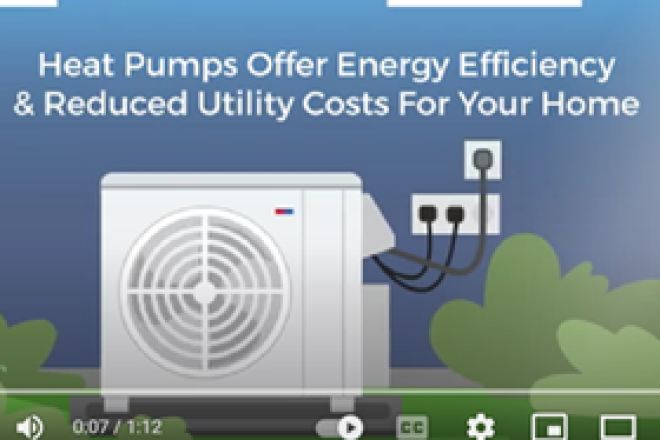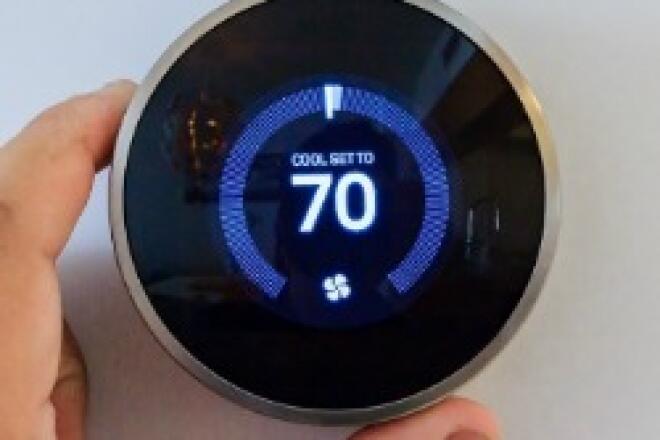
How Can You Prevent High Energy Bills During the Heat and Cold?

The dog days of summer are in full swing, and you have probably noticed some changes in your energy bills accompanying the heatwaves. COVID-19 quarantine precautions of staying at home may have also contributed to higher bills these last few months. Why do energy bills go up during extreme weather months?
There are two reasons: weather impacts how much energy you use, and energy costs go up with demand. Almost half your home’s energy costs go toward heating and cooling your home. Using more heating or air conditioning can lead to dramatic increases in energy bills. Here are five ways to combat weather’s effects.
1. Weatherize your home
Your home’s first line of defense against the weather is physically blocking hot or cold air from entering. Air leaks or ineffective insulation in your walls means that the outside weather is coming in and your comfortable indoor air is leaving. Windows are trouble spots for air escaping or entering. Consider installing shades, blinds, curtains or shutters if your windows don’t already have any, especially on south- and west-facing windows. Close these in summer months to reduce heat from sunlight and open them in winter months to heat your home naturally, since 76 percent of sunlight that shines on standard double-pane windows enters your house to become heat. Ask your utility company to perform a free or low-cost energy audit on your home to pinpoint which areas of your house you should focus on adjusting first to save the most energy. There are some tests they can perform that would be difficult to do on your own.
2. Adjust the temperature with seasons, at night or when you leave the house
The greater the difference between the temperature outside and what’s set inside, the harder your home HVAC system has to work. Keeping your thermostat at the same setting all the time leads to it working harder when outside temperatures rise or dip into extreme numbers. The US Department of Energy recommends setting your thermostat to 78 degrees in the summer and 68 in the winter when you are home. You can set it closer to the outside temperature when you are asleep or away to save even more. A smart thermostat can automatically learn your schedule and change the temperature for you before you wake or return home so it feels just as comfortable.
3. Avoid humidity in your home
Did you know that the amount of water in the air affects how it feels on your skin, even if the temperature is the same? It also causes your air conditioning to run for longer, since more water collects on the coils. Make sure your HVAC system has a clean air filter so it can remove moisture from the air as effectively as possible. You can remove humidity from the air after you shower by using your bathroom’s ventilation fan for just 10 minutes. There are some other ways to avoid dealing with humid air in your house. These changes allow you to cool your home more efficiently and save money on your bills.
4. Wait until lower demand times to use energy
When the temperature outside dips or spikes, demand for heating and cooling increases respectively. This increased demand means each unit of energy is more expensive for your power company to produce. If you have a time-varying electricity rate plan, these increased costs are passed along to you, and you pay more for energy used during this period. Another effect is congested power lines and potentially even blackouts or brownouts. Using energy during off-peak times is cheaper, as seen in this example from a California power company. Typical peak demand hours are from 4-8 p.m., but you can contact your energy service provider for exact lower demand hours in your area. Specifically in summer months, wait until the air is naturally cooler before using appliances that produce heat, like ovens, stove tops, dishwashers, washing machines and dryers.
5. Use room-specific heating or cooling measures
By changing the temperature only in the rooms people are using, your HVAC doesn’t have to work as hard to maintain the entire house at a set temperature. If you’re feeling hot in the summer, try sitting under or by a fan to feel about 4 to 6 degrees cooler. Since fans don’t actually change the air temperature and only cool you down when you are near it, make sure to turn it off when you leave the room. With incandescent and halogen light, 90 percent of the energy used is wasted to generate more heat. Switch them to LEDs, and this will lead to less heat entering your room and less energy used. You can also use room sensors with a smart thermostat to adjust the temperatures of the rooms that you’re using.
Although the temperature only seems to rise with each passing day, your energy bills don’t have to follow suit. With a few easy changes, your home will be more equipped to handle the hot outside air without sacrificing inside comfort – and these changes will benefit you as the cool arrives this winter as well.
Want to find more ways to save energy in the summer? Check out our June blog and Ways to Save fact sheets for more tips.



